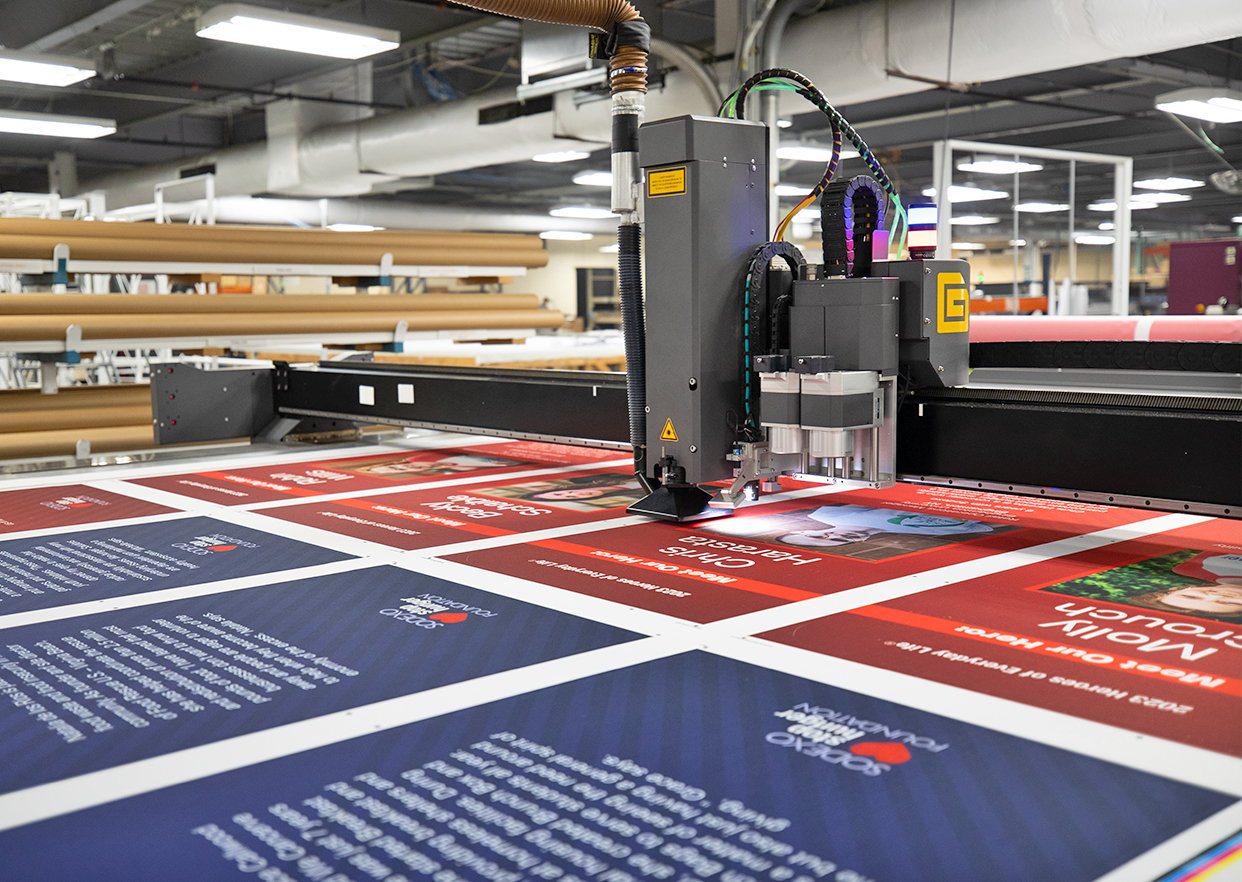Business processes can be automated using artificial intelligence (AI) and robotic process automation (RPA). When implemented strategically, these advanced technologies can streamline repetitive tasks and optimize decision-making. The following step-by-step guide will allow you to reap the many benefits of AI and RPA.

Step 1: Identify Processes
Determine which processes can benefit from AI automation. These might include tasks that involve data analysis, pattern recognition, natural language processing and decision-making.
Step 2: Data Collection and Preparation
Gather the relevant data needed to train and feed AI models. This could be historical data, customer interactions or any other relevant information.
Step 3: Choose AI Techniques
Select the appropriate AI techniques for your specific process. For example:
- Natural language processing (NLP) for understanding and generating human language.
- Machine learning for predictive analytics, classification and regression.
- Computer vision for image and video analysis.
- Reinforcement learning for optimizing sequential decision-making.
Step 4: Model Development
Develop and train AI models using the collected data. This might involve coding and configuring algorithms, fine-tuning hyperparameters and testing different model architectures.
Step 5: Integration
Integrate the trained AI models into your existing systems. This could involve developing APIs to enable communication between the AI models and other software applications.
Step 6: Testing and Optimization
Test the AI models thoroughly to ensure accuracy, reliability and performance. Continuously optimize the models based on feedback and new data.
Step 7: Deployment
Deploy the AI automation solution to your business processes. Monitor its performance and gather insights to identify opportunities for improvement.
Step 8: Continuous Learning
AI models can be further improved by continuously training them with new data and adapting to changing business conditions.

Step 1: Identify Processes
Identify processes that involve repetitive, rule-based tasks performed by employees. Examples may include data entry, form filling and data extraction.
Step 2: Process Mapping
Document the step-by-step process that you want to automate. This helps in understanding the workflow and identifying areas for automation.
Step 3: Select RPA Tool
Choose an appropriate RPA tool that fits your needs. Some popular RPA tools include UiPath, Blue Prism and Automation Anywhere.
Step 4: Bot Development
Design and develop bots to mimic human interactions with software applications. Bots can perform tasks like logging into systems, copying and pasting data, and following predefined rules.
Step 5: Bot Integration
Integrate the bots with the systems and applications that the process interacts with. This might involve configuring APIs or other integration methods.
Step 6: Testing
Test the bots in controlled environments to ensure they accurately replicate the intended actions and produce the desired outcomes.
Step 7: Deployment
Deploy the bots to the production environment and monitor their performance. Ensure that they operate smoothly and handle exceptions effectively.
Step 8: Monitoring and Maintenance
Continuously monitor the bots' performance, address any issues and make improvements as needed. Bots might require updates if the underlying systems change.
Step 9: Scalability
As you gain experience and confidence in RPA, you can scale automation to other processes within your organization.
Both AI and RPA offer powerful ways to automate business processes, so much so that companies often find success by combining these technologies. The result is a comprehensive automation solution that addresses a range of tasks and challenges.
Business App Development Services from Taylor
Taylor has an offshore team comprised of hundreds of highly skilled software developers and engineers. Their combined skill set includes the implementation of AI and RPA for business process automation applications. We design, develop and support a variety of business applications through a service model that is scalable and flexible to meet your needs. Click here to learn more about Taylor’s custom business app development capabilities.








